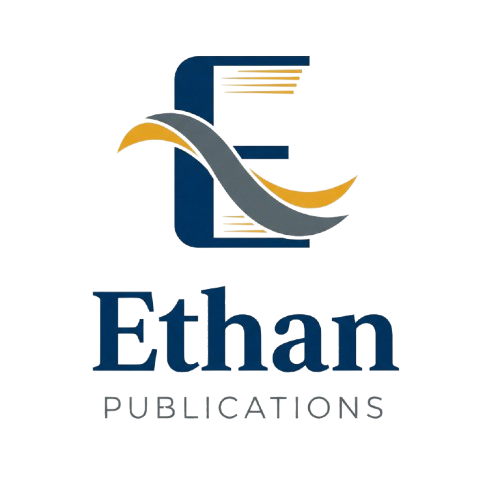MANAGING ACQUIRED SEVERE FACTOR XI DEFICIENCY IN CHILDREN: A CASE STUDY WITH LITERATURE REVIEW
Authors: Gabriel Thomas Laurent
DOI: 10.5281/zenodo.17405332
Published: October 2025
Abstract
<p><em>Factor XI (FXI) is a blood coagulation protease involved in the coagulation cascade, activating the Factor IX and contributing to hemostasis. Its deficiency is associated with mild to moderate bleeding manifestations that typically occur after injury, mainly in tissues containing activators of the fibrinolysis (urinary tract, oropharynx). FXI deficiency is an inherited bleeding disease which differs from X linked FVIII deficiency (hemophilia A, HA) and FIX deficiency (hemophilia B, HB) by its autosomal inheritance pattern and variable bleeding tendency.</em></p> <p><em>We describe a case of a 6-year-old male who developed an autoantibody directed against FXI in the contest of an autoimmune kidney-related disorder. The patient was initially diagnosed as affected with severe congenital Factor XI deficiency. We report the diagnostic workup of this very rare acquired condition, and the management of kidney biopsy.</em></p> <p><em>Anti FXI, autoantibody was suspected after ineffective incubated aPTT mixing procedure and detected by Bethesda Njimegen assay. Recombinant activated factor VII was successfully used to prevent bleeding complication of kidney biopsy. The coagulopathy preceded the onset and recurrence of the nephrotic syndrome and could be considered a marker of the entire autoimmune disorder.</em></p> <p><em>We describe a case of a child who developed an autoantibody directed against FXI in the contest of an autoimmune kidney-related disorder. His acquired coagulopathy, which never led to bleeding issues, preceded the onset and recurrence of the nephrotic syndrome. We describe the diagnostic workup of this very rare acquired condition, and the management of Kidney Biopsy (KB).</em></p> <p><em>Thrombosis and Hemostasis Unit, IRCCS Istituto Giannina Gaslini, 16147 Genova, Italy.</em></p>
Full Text
No full text available
Cite this Article
References
- No references available.
